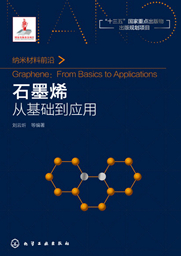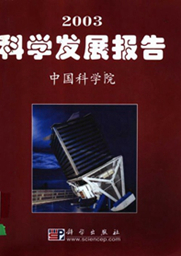
This book presents an overview of graphene from rationale to applications, including basic concepts, theories, and principles. Hereinto, preparation methods, growth mechanisms, condensed matter structures, and graphene chemistry are described in detail. The book emphasizes electrical, optical and magnetic properties of graphene. Subsequently, the prospects and challenges of graphene in composite materials, energy materials, and industrial applications are systematically introduced. This book can be used as reference for senior undergraduates, postgraduates, and institute researchers in the fields of chemistry, materials, physics, and information.






